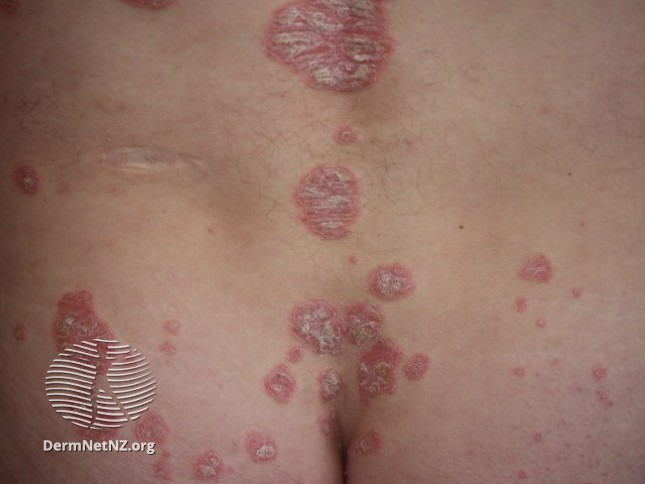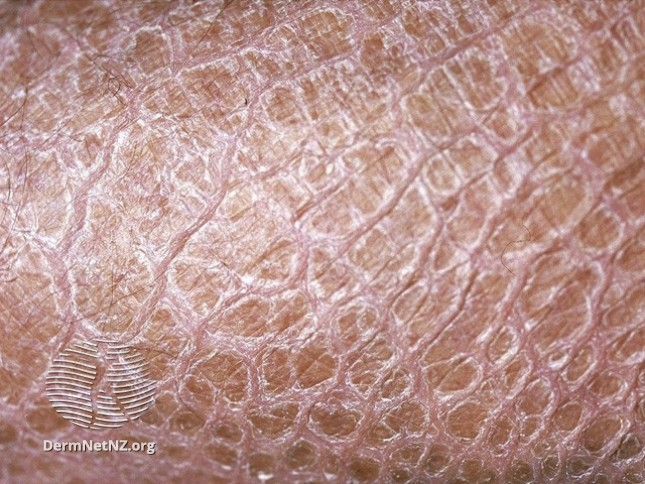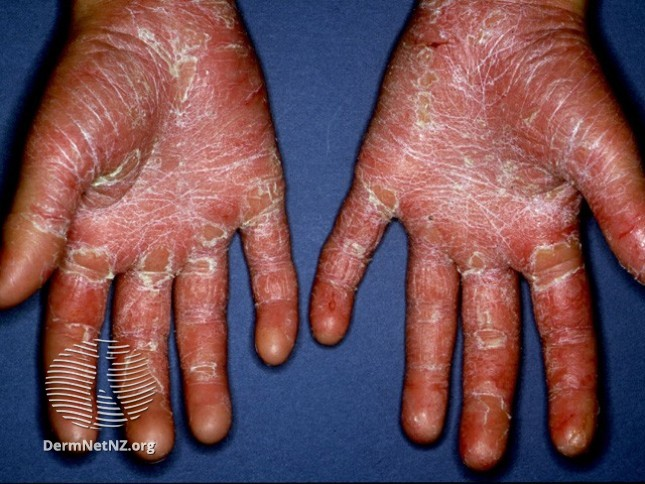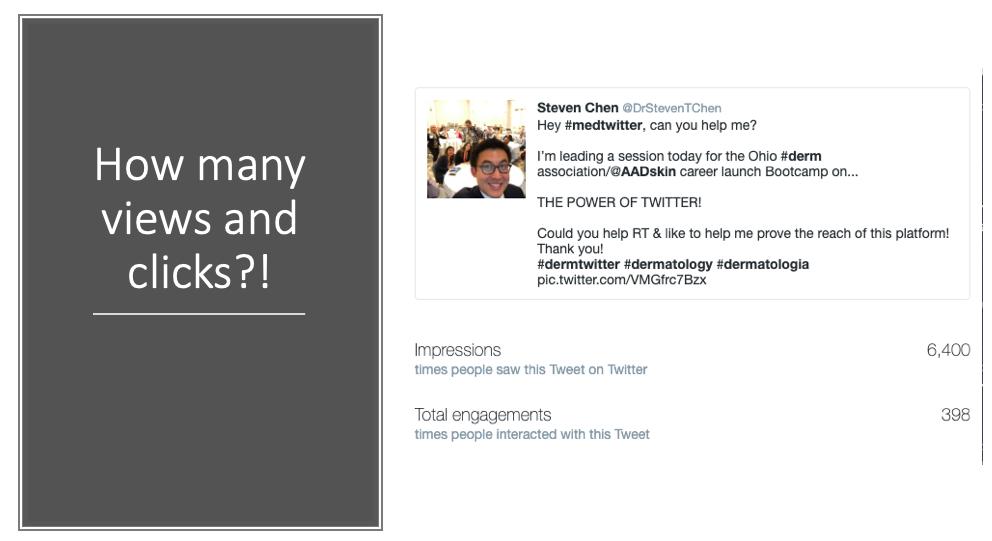Today's #tweetorial/#medthread will be about evaluating....
SCALE!
#MedEd #FOAMEd #dermtwitter #medtwitter #dermatologia pc:@dermnetnz
1/
2/
SECONDARY CHANGE (which scale is) means the extra exam element that occurs on top of the primary lesion!
Tertiary/Quaternary isn't a thing. I'm just a jerk.
3/
Pic 1 - ichthyosis
Pic 2 - PRP (with follicular accentuation!)
Pic 3 - Psoriasis
Thanks to @BrwnSkinMatters for highlighting this!
13/

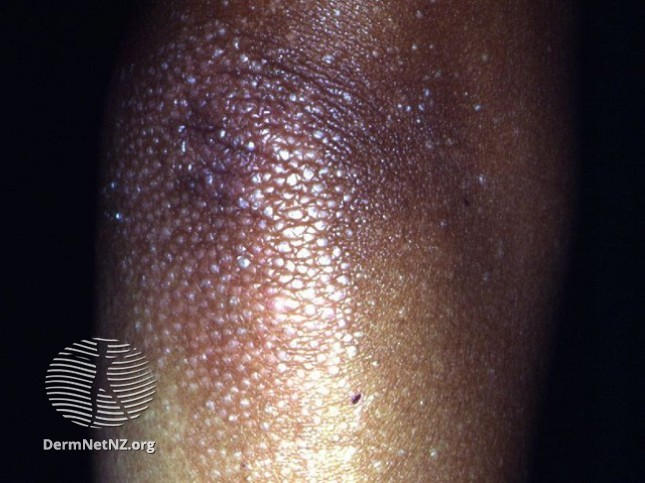
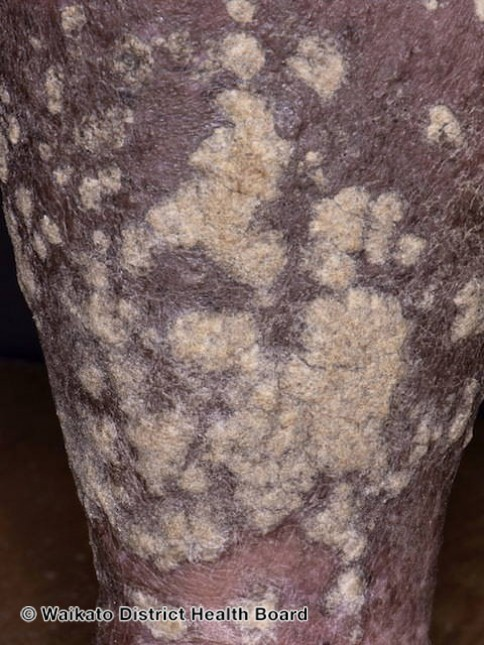
1) There is some pathology/process in the epidermis and or superficial dermis.
2) Your primary lesion is most likely a plaque or papule. Macules and patches can have them too, but less likely.
14/
- Scale is secondary change in addition to the primary lesion, which is probably a papule/plaque.
- There are "key words" that dermatologists use to imply the diagnosis.
- Collarettes of scale mean there was probably a vesicle/bulla there before.
Hope this helps!
15/15

